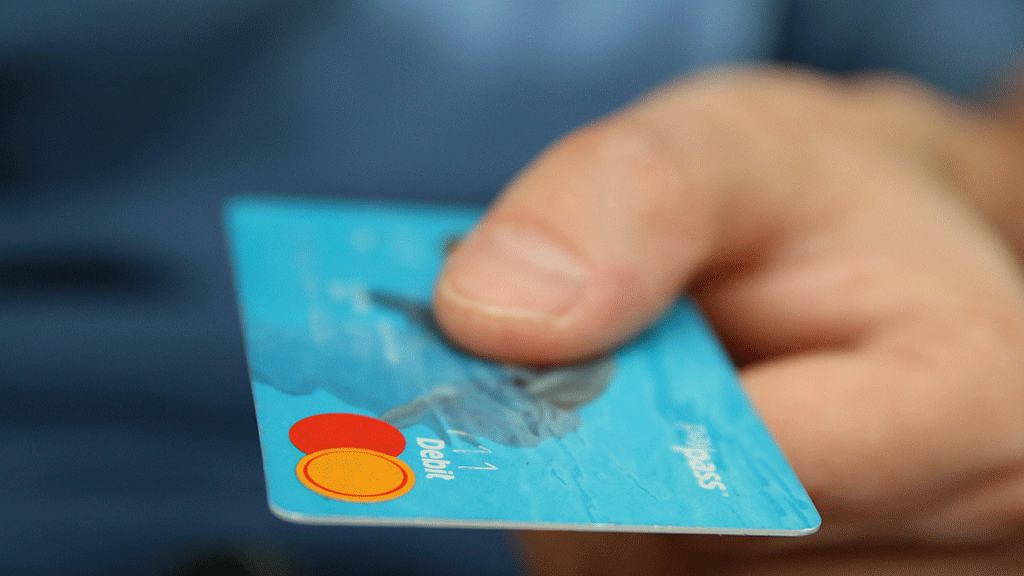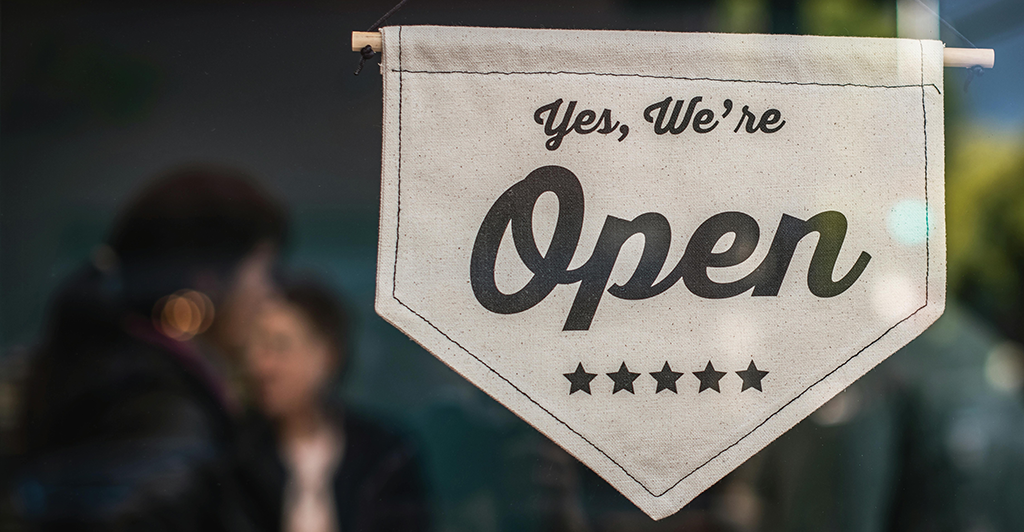“You’ve got to start with the customer experience and work back toward the technology, not the other way around.“
~ Steve Jobs
Key Takeaways
- CLV Importance: Highlights the significance of understanding the total value a customer brings over their lifetime, influencing marketing, customer service, and product development decisions.
- CLV Calculation: Introduces basic formulas for calculating Customer Lifetime Value, including factors like average purchase value, purchase frequency, and customer lifespan.
- Customer Acquisition Cost: Stresses the importance of balancing Customer Lifetime Value (CLV) with Customer Acquisition Cost (CAC) for profitable business operations.
- Increasing CLV: Strategies to enhance CLV include improving customer experience, personalizing interactions, and implementing effective loyalty programs.
- Customer Retention: Emphasizes the impact of customer retention on CLV, advocating for high-quality service and regular customer engagement.
- CLV in Marketing: Guides integrating CLV insights into marketing strategies for targeting high-value customers and optimizing budget allocation.
- CLV Tracking Tools: Tools for monitoring and analyzing CLV to adjust strategies and improve customer value over time.
What is Customer Lifetime Value & Why is It Important?
Customer Lifetime Value (CLV) is a metric that represents the total amount of money a customer is expected to spend in your business or on your products during their lifetime. It's a critical concept because it helps businesses understand the long-term value of their customer relationships rather than just focusing on short-term transactions.
Understanding CLV is pivotal for small business owners as it guides strategic decisions in several key areas:
- Marketing and Advertising: By knowing the lifetime value of a customer, businesses can determine how much they should be willing to spend to acquire a new customer (Customer Acquisition Cost, CAC) and still make a profit.
- Customer Service and Experience: With the knowledge of the value a customer brings over time, businesses can justify investments in improving customer service and overall experience.
- Product Development: Insights from CLV can influence product or service adjustments to meet the needs and preferences of the most valuable customers.
- Business Growth: CLV is a pivotal metric in assessing the health and potential growth of a business.
Before we look closer into CLV, it's important to familiarize yourself with some key terms:
- Average Purchase Value: This is the average amount a customer spends each time they purchase from your business.
- Purchase Frequency: How often a customer purchases from your business within a given period.
- Customer Lifespan: The average number of years a customer continues to buy from your business.
- Customer Acquisition Cost (CAC): The total cost of acquiring a new customer, including all aspects of marketing and sales.
Looking ahead, our discussion on Customer Lifetime Value will take us through understanding the basics of CLV:
- Calculating CLV: We'll look at formulas and tools to calculate CLV.
- Strategies to Increase CLV: Including enhancing customer experiences and effective marketing.
- Role of Customer Retention: How retaining customers impacts CLV.
- Tools for CLV Tracking: And how to use these tools effectively.
Basic Formulas and Methods for CLV Calculation
- Simple Customer Lifetime Value Formula: ( CLV = Average Purchase Value \ times Purchase Frequency \ times Customer Lifespan )
- Average Purchase Value: Calculate this by dividing your company's total revenue over a set period (e.g., a year) by the number of purchases over the same period.
- Purchase Frequency: This is found by dividing the total number of purchases by the number of unique customers who made purchases during that time.
- Customer Lifespan: An estimate of the average number of years a customer continues to buy from your business.
- Customer Lifetime Value for Subscription-Based Models: If your business operates on a subscription model, the formula adjusts slightly: ( CLV = Monthly Recurring Revenue \ times Gross Margin \times Average Customer Lifespan )
Interpreting CLV Calculations: Calculating CLV is just the first step. Understanding what these numbers mean is required. A higher CLV indicates that customers are more valuable over their lifetime, suggesting a healthy customer relationship and successful business strategies. Conversely, a lower CLV may signal the need for improvements in customer acquisition, retention, or sales strategies.
Here's a quick checklist:
- Gather Data: Collect data on purchase history, customer interactions, and any other relevant information.
- Choose the Right Formula: Based on your business model, select the appropriate CLV calculation method.
- Perform Calculations: Use the formulas to calculate your CLV.
- Analyze Results: Look at your CLV in the context of your CAC and overall business goals.
- Repeat Regularly: CLV should be calculated periodically to track changes and trends over time.
Understanding Customer Acquisition Cost (CAC)
Customer Acquisition Cost (CAC) is the total cost of acquiring a new customer, including all marketing and sales expenses. Calculating CAC is straightforward: Divide all the costs spent on acquiring more customers (advertising expenses, sales team salaries, etc.) by the number of customers acquired in the period those costs were incurred.
For a business to be profitable, the CLV must be significantly higher than the CAC. This balance is vital:
- A high CLV relative to CAC means that customers are generating more revenue than what it costs to acquire them, indicating a healthy and sustainable business model.
- If the CAC is higher than the CLV, the business may be spending too much on acquiring customers and not earning enough from them over time, which is unsustainable in the long run.
Real-World Scenarios:
A local café spends $1,000 on a social media advertising campaign and gains 100 new customers. The CAC is $10 per customer. If the average customer spends $15 per visit and visits 10 times a year for 3 years, the CLV is $450. The CLV is significantly higher than the CAC, indicating a good return on investment.
An online clothing store spends $5,000 on an influencer marketing campaign, acquiring 50 new customers. The CAC is $100 per customer. If the average customer makes two purchases per year at $50 each and remains a customer for 2 years, the CLV is $200. Here, the CLV is only twice the CAC, suggesting a need to either increase the CLV (e.g., through improved retention strategies) or reduce the CAC.
Strategies to Increase Customer Lifetime Value – Enhancing Customer Experience
Needless to say, fostering great customer experiences is key to increasing CLV. Here are a few thoughts:
- Improving Product Quality: Ensuring that products or services consistently meet or exceed customer expectations.
- Personalizing Interactions: Tailoring the customer experience based on individual preferences and past interactions.
- Streamlining Customer Service: Providing prompt, efficient, and empathetic customer service to address issues and queries.
Personalization can significantly boost CLV by making customers feel valued and understood.
- Customized Recommendations: Using customer data to recommend products or services that genuinely match their interests.
- Targeted Communication: Sending personalized emails or messages based on customer behavior or milestones.
- Engagement Through Social Media: Interacting with customers on social media platforms to build a community and foster loyalty.
Actively seeking and responding to customer feedback is a powerful tool for increasing CLV.
- Regularly Collecting Feedback: Through surveys, reviews, and direct communication.
- Implementing Changes Based on Feedback: Showing customers that their opinions are valued and leads to tangible improvements.
- Building a Feedback-Driven Culture: Encouraging and rewarding employees for collecting and acting on customer feedback.
Real-World Scenario:
A beauty salon increases CLV by introducing a loyalty program where customers earn points with each visit, which can be redeemed for free services. They also implement a feedback system where customer suggestions lead to new services being offered. As a result, customers visit more frequently and recommend the salon to others, boosting both CLV and overall revenue.
Customer Retention and Its Impact on CLV
Customer retention refers to a business's ability to keep its customers over time. It's an essential component of CLV because retaining existing customers is generally more cost-effective than acquiring new ones. High retention rates usually indicate satisfied customers and lead to increased CLV through repeat purchases and referrals.
- Providing Excellent Customer Service: Ensuring every interaction leaves a positive impression.
- Offering Quality Products/Services: Continuously improving offerings to meet and exceed customer expectations.
- Creating a Loyalty Program: Rewarding repeat customers to encourage continued business.
- Regular Communication: Keeping in touch with customers through newsletters, updates, and personalized email messages.
- Soliciting and Acting on Feedback: Showing customers that their opinions matter and are used to make improvements.
Retention Strategies Across Different Industries:
- Retail Industry: A clothing store could implement a VIP membership program offering exclusive discounts and early access to new products, resulting in increased repeat purchases and higher CLV.
- Service Industry: A software company focuses on exceptional customer support and regular software updates based on user feedback, leading to a high retention rate and increased referrals.
- Hospitality Industry: A small hotel chain can personalize guest experiences based on previous stays, improving guest satisfaction and increasing the frequency of return visits.
Integrating CLV into Marketing Strategies & Decisions
CLV is pivotal for developing effective marketing strategies. It helps in:
- Targeting the Right Customers: Focusing on acquiring and retaining customers with a higher CLV.
- Allocating Marketing Budgets: Determining how much to spend on acquiring and retaining customers based on their projected CLV.
- Creating Tailored Marketing Campaigns: Developing campaigns that resonate with high-value customers.
Effective budget allocation also plays an essential role in maximizing CLV.
- Investing in Customer Acquisition: Allocating resources to attract new customers who are likely to have a high CLV.
- Balancing Spend on Retention: Investing in keeping existing customers engaged and satisfied.
- Evaluating Marketing ROI: Regularly assessing the return on investment from different marketing channels and strategies.
E-commerce Business: An online retailer uses data analytics to identify high-value customer segments and creates targeted ads and promotions, resulting in increased repeat purchases and a higher overall CLV.
Local Service Provider: A landscaping business focuses on nurturing relationships with existing clients through personalized service and loyalty discounts, leading to strong word-of-mouth referrals and a significant increase in CLV.
Tools for CLV Tracking and Analysis
- Customer Relationship Management (CRM) Systems: These can track customer interactions, purchases, and behaviors to help calculate and monitor CLV.
- Analytics Tools: Tools like Google Analytics can provide insights into customer behavior on websites and online platforms.
- Dedicated CLV Calculation Tools: Specific tools designed for CLV calculation can integrate with existing data systems to provide ongoing analysis.
Selecting the right tool depends on several factors:
- Business Size and Complexity: Larger businesses or those with complex sales cycles might need more advanced tools.
- Data Availability: The tool chosen should be compatible with the data already being collected by the business.
- Usability and Support: It's important to choose tools that are user-friendly and well-supported.
Getting Started:
- Evaluate Your Data Collection: Ensure you have the necessary data for CLV calculations.
- Select a Suitable Tool: Choose a tool that fits your business needs and budget.
- Integrate the Tool with Your Data Systems: Ensure seamless data flow between your systems and the CLV tool.
- Train Your Team: Make sure relevant team members know how to use the tool effectively.
- Regularly Monitor and Update: Regularly check the CLV data for insights and adjust strategies accordingly.
Designing Effective Loyalty Programs
Loyalty programs can significantly enhance CLV by encouraging repeat business and deepening customer engagement. Key elements of an effective loyalty program include:
- Rewards for Repeat Purchases: Offering points, discounts, or special offers to frequent customers.
- Personalization: Tailoring the program to individual customer preferences and behaviors.
- Ease of Use: Making the program simple to understand and participate in.
- Regular Communication: Keeping customers informed about their loyalty status and benefits.
Analyzing the Impact of Loyalty Programs on CLV: To assess the effectiveness of a loyalty program, you should track metrics like:
- Increased Purchase Frequency: Are customers buying more often since joining the program?
- Higher Average Order Value: Are customers spending more per transaction?
- Customer Retention Rates: Is the program helping to retain customers over time?
- Customer Feedback: What do customers say about the program?
Here's a quick checklist for creating a loyalty program:
- Define Your Goals: What do you want to achieve with the loyalty program (e.g., increased frequency of purchases, higher average order value)?
- Understand Your Customers: Tailor the program to fit your customers' preferences and behaviors.
- Choose Rewards and Incentives: Decide what rewards will motivate your customers.
- Implement the Program: Launch the program and promote it to your customer base.
- Track and Adjust: Regularly review the program's performance and make adjustments as needed.
Final Thoughts & Takeaways
- Understanding CLV: Recognizing the significance of CLV in evaluating customer relationships.
- Calculating CLV: Learning the methods and formulas for CLV calculation.
- Strategies to Increase CLV: Identifying ways to enhance customer experience, retention, and loyalty.
- CLV in Marketing Decisions: Integrating CLV insights into marketing strategies and budget allocation.
- Tools for CLV Tracking: Selecting and utilizing the right tools for effective CLV monitoring.
Implementation:
- Regularly Calculating CLV: Continuously monitor and update your CLV calculations to reflect current business dynamics.
- Customer-Centric Approach: Prioritize customer needs and experiences in all business decisions.
- Data-Driven Decisions: Utilize CLV data to inform marketing strategies, customer service improvements, and product development.
- Continuous Improvement: Regularly seek feedback and make necessary adjustments to your strategies.
FAQs on Customer Lifetime Value

See you out there!



